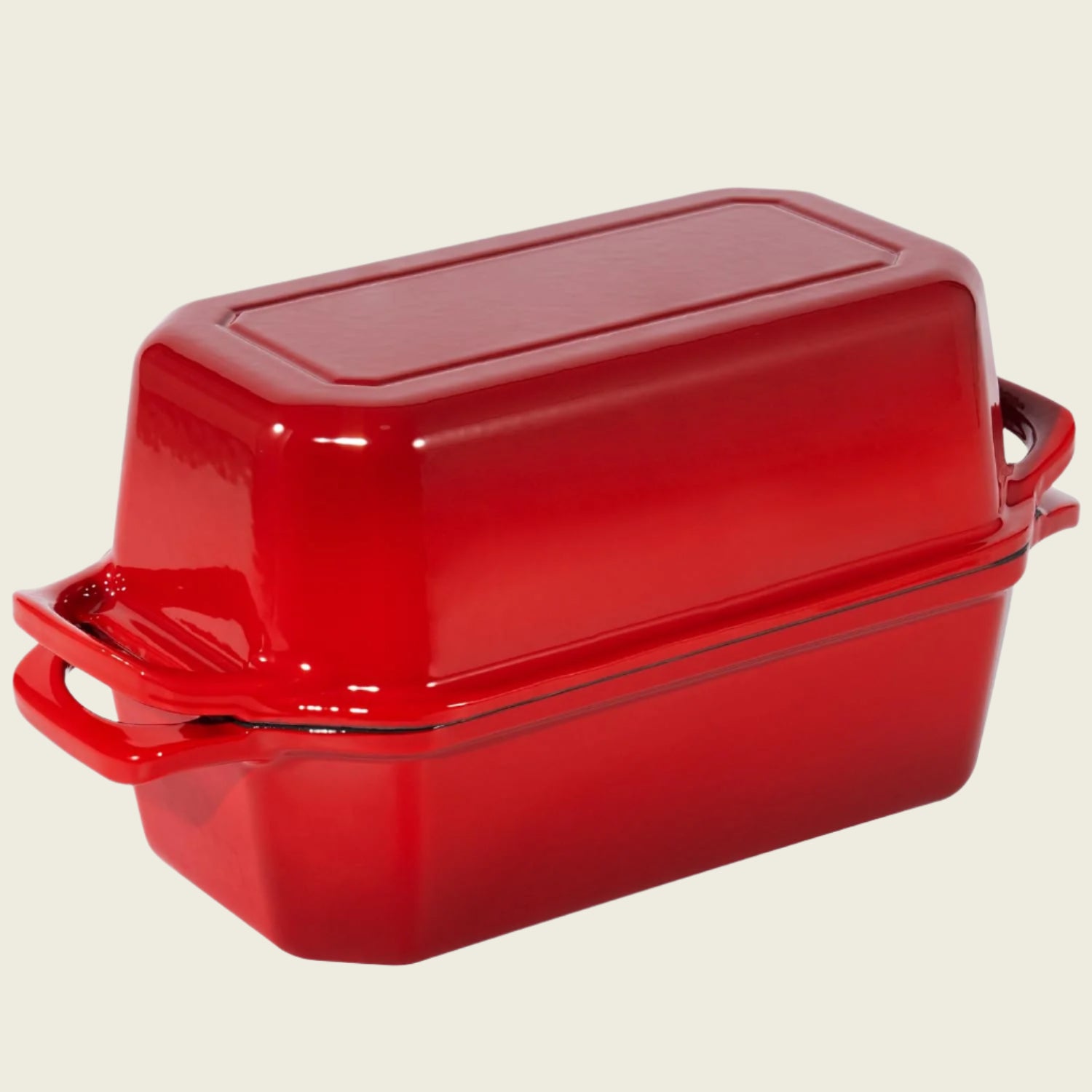The Science of Lemon Juice in Cooking
Share
Whenever I squeeze a fresh lemon over a dish and watch the flavor pop, I know I’m doing more than just adding a garnish. That bright, tangy punch is the result of chemistry in action. Lemon juice isn’t just a flavor enhancer—it’s a transformative tool in the kitchen. Its power comes from its acidity, primarily citric acid, which gives it a pH of around 2 to 2.5. That’s far more acidic than orange juice, and it’s why a little goes such a long way.
Cutting Richness and Enhancing Flavor
One of the first ways lemon juice affects food is by cutting through richness. Fatty or creamy dishes—like a buttery pasta or roasted duck—can coat the mouth and dull flavors. A squeeze of lemon acid clears the palate, letting other flavors shine. Acidity also has a subtle synergy with salt, enhancing savory notes without adding extra sodium. This means a touch of lemon can lift a flat soup or sauce, giving it balance and complexity.
But flavor isn’t just about the juice. The zest contains aromatic oils that engage our sense of smell, which is crucial for how we perceive flavor. Using both juice and zest gives dishes a full, layered lemon experience.
Transforming Texture: Denaturation and Tenderizing
Lemon juice doesn’t just alter taste—it changes texture. Acid can denature proteins, which is why it “cooks” fish in ceviche. The proteins unfold and coagulate, firming up the flesh and turning it opaque, even without heat. However, acid doesn’t sterilize like heat does, so freshness and quality are critical.
For meat, lemon juice can tenderize by breaking down surface muscle fibers and connective tissue. Timing is crucial: thin cuts, like chicken breasts, need only 30 minutes to two hours. Leave them longer, and acid hydrolysis can break protein chains too far, creating a mushy texture.
Lemon juice also curdles dairy by neutralizing the negative charges on milk proteins. Casein micelles clump together, forming curds and leaving behind whey—perfect for quick cheeses or buttermilk substitutes.
Driving Chemical Reactions in Baking
Acidity plays a key role in leavening. Baking soda needs an acid to produce carbon dioxide bubbles, which make cakes and muffins rise. Lemon juice, being very acidic, kickstarts this reaction efficiently. But it’s stronger than yogurt or buttermilk, so substitutions must be measured carefully. Too much lemon juice can overreact with baking soda, causing a cake to rise and then collapse. The zest, however, doesn’t affect this reaction—it only adds aromatic flavor.
Preserving and Preventing Browning
Lemon juice also stops enzymatic browning in fruits and vegetables. The polyphenol oxidase enzyme that causes browning is deactivated in the low pH environment, and the vitamin C acts as an antioxidant, reacting with oxygen before it can affect the food. This same acidity is vital for food safety, lowering pH to inhibit bacterial growth in pickling and home canning.
Recipes and Uses for Lemon Juice
Lemon juice is incredibly versatile in the kitchen. Here are some ways I regularly use it:
-
Salads and Dressings: A simple vinaigrette benefits from the bright acidity of lemon juice, balancing oil and enhancing other flavors.
-
Seafood and Ceviche: Lemon juice “cooks” fish and shellfish in ceviche, adding both flavor and texture.
-
Marinades: Thin cuts of chicken, fish, or pork can be marinated for 30 minutes to two hours to tenderize and add flavor without turning mushy.
-
Baking: Lemon juice reacts with baking soda to help cakes, muffins, and pancakes rise while adding a subtle citrus tang.
-
Dairy-Based Recipes: Use lemon juice to curdle milk for quick cheeses like paneer or for a buttermilk substitute in cakes and biscuits.
-
Preventing Browning: Drizzle lemon juice over cut apples, avocado, or potatoes to maintain color and freshness.
-
Sauces and Soups: A squeeze at the end can lift a soup or sauce, balancing richness and highlighting herbs or spices.
-
Preserves and Pickling: Lemon juice helps create safe, long-lasting pickles and preserves by lowering pH and acting as a natural preservative.
Using Lemon Juice with Intention
The key to harnessing lemon’s power is precision. Juice adds acidity and balance; zest adds aromatic complexity. Timing matters too—a squeeze at the end of cooking delivers a bright, fresh flavor because the acid cuts through richness and lifts other tastes on your palate, making herbs, spices, and sauces more pronounced. Cooking the juice for too long, however, mellows that sharpness and allows some aromatic compounds to evaporate, so you lose that immediate “pop.” Using it strategically lets lemon juice transform flavor without altering texture, giving a fresh, vibrant finish to any dish.
